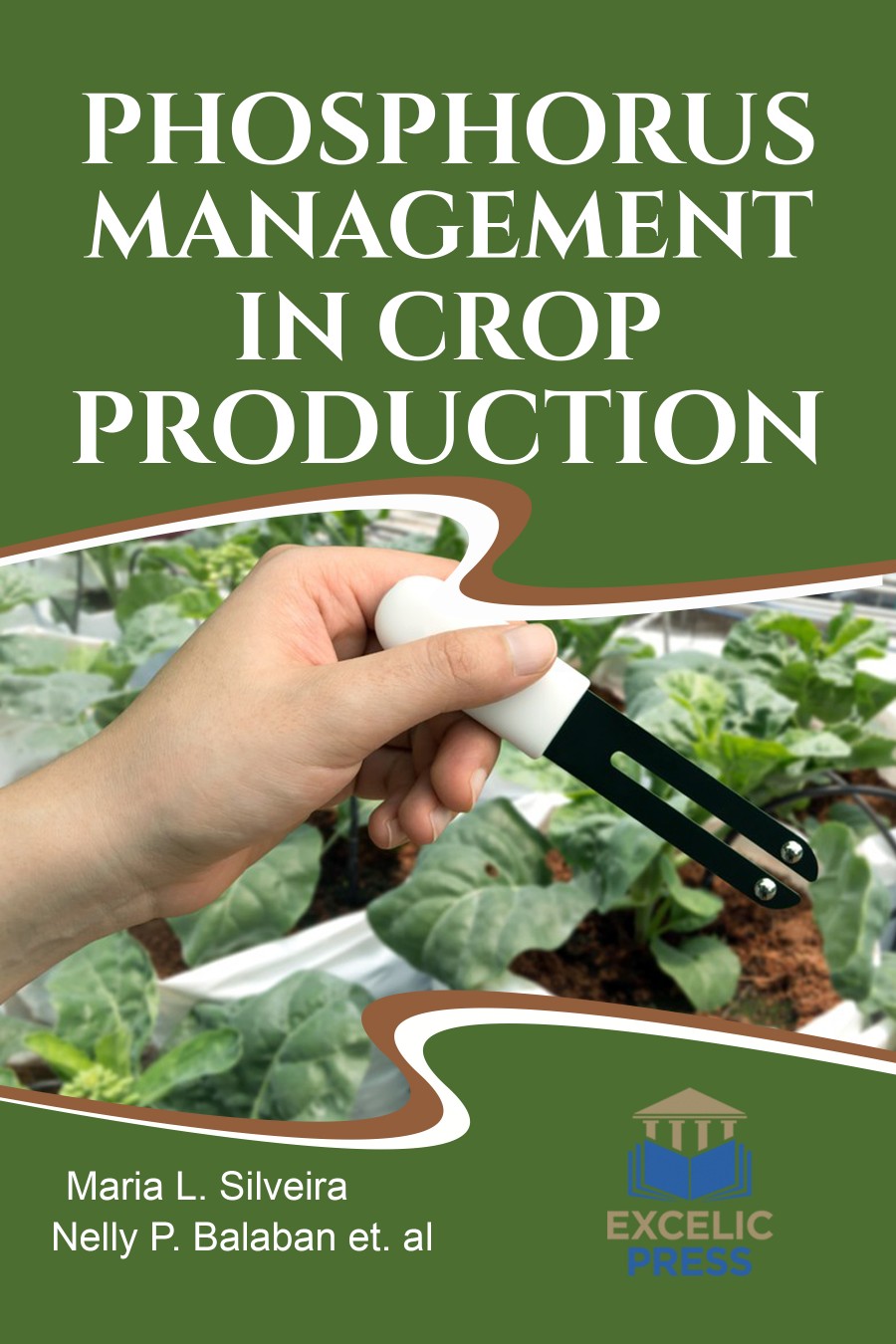Sustainable crop production aims at maintaining high crop yield without adversely affecting ecosystems to meet the need of current as well as future generations. In order to meet the increasing world population agricultural production and productivity need to parallel increased. Since phosphorus (P) in agriculture is the second most growth limiting macronutrient after nitrogen, its proper management in soil contributes significantly to sustainable crop production.
Despite its importance for normal plant growth and metabolism, P is one of the least accessible nutrients. Phosphorus is a macronutrient that plays a number of important roles in plants, and is fundamental for the efficient use of nitrogen fertilizer. The main target for optimal crop production is to synchronize phosphorus supply with crop plant requirements during critical stages of yield development. The maximum uptake rate of phosphorus by plants occurs around flowering but its accumulation continues until maturity. Adequate phosphorus results in higher grain production, improved crop quality, greater stalk strength, increased root growth, and earlier crop maturity. For over one hundred years, phosphorus has been applied to crops as fertilizer—first as ground bone and now as some chemical reaction product of ground rock. Yet, for all that experience, its management cannot be taken for granted.
Phosphorus Management in Crop Production presents in-depth coverage of soil and climatic factors that affect P availability and diagnostic techniques for P requirements by different crops as well as provide up-to-date information on the function of P in crop plants and methods to identify P use efficient field crops practices that could enhance P use efficiency.
Definitive chapters cover sustainable phosphorus management in agriculture, soil order and management practices control soil phosphorus fractions, does balanced phosphorus fertilization sustain high herbage yields and phosphorus contents in alternately grazed and mown pastures, P use efficiency and interactions with other nutrients in crop plants, management of P for optimal crop production and environmental quality, phosphorus cycling in Montreal’s food and urban agriculture systems and basic principles and methodology regarding P nutrition in crop plants. This work is a comprehensive guide for students, lecturers, practitioners, food scientists, agricultural extension specialists, private consultants, fertilizer companies, and government agencies that deal with agricultural and environmental issues.













